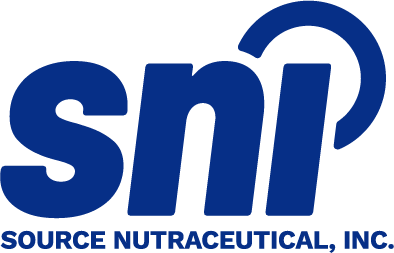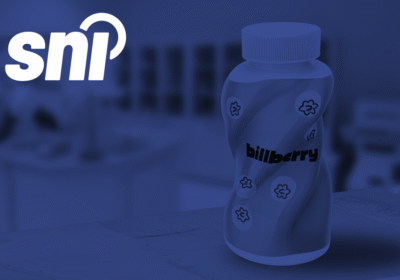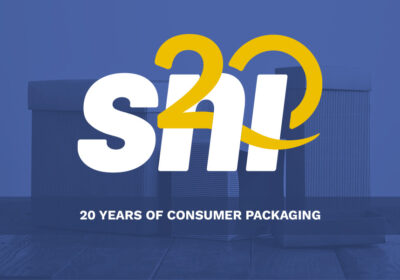Keeping up with constantly changing regulations is a challenge for any company selling natural health products (NHPs) in Canada.
Earlier this summer, we released a bulletin announcing the new changes from Health Canada that will affect how all NHPs are labelled. The aim of these changes is to make NHP labels clearer, more consistent, and easier for consumers and healthcare practitioners to read and interpret.
Who is Affected by the New NHP Labelling Requirements?
The requirements differ if you will be getting your product license prior to June 2025, though Health Canada encourages compliance as soon as possible.
Products authorized by Health Canada before June 21, 2025, will have until June 22, 2028, to comply with the new labelling requirements..
Products authorized by Health Canada on or after June 21, 2025, are expected to comply with the new labelling requirements immediately.
This allows companies to realistically update their label designs and unroll new batches and SKUs without unnecessary wastage or financial burden.
What NHP Label Updates Were Made?
Health Canada published a lengthy list of detailed amendments, but in general these were focused on 4 main themes, the most notable being the introduction of a new, standardized facts table called a Product Facts Table (PFT).
We break down the core changes below:
1. Product Facts Table (PFT)
As mentioned, the most significant update was the introduction of a new table to display important information. Previously, Health Canada did not require NHPs to have a specified table format as is required for foods (i.e., the Nutrition Facts Table).
Now, important product information is required on the NHP label in the format of a standardized facts table called a Product Facts Table (PFT).
There are some exemptions, such as products in very small packages, those that are low-risk, and those that are to be used within a day or less, and those that contain 3 dosage units maximum.
The Product Facts Table must display the title (“Product Facts Table/Info-produit” with the following headings, and information under each – either in a bilingual table, or as one English, one French separately:
- Medicinal Ingredients
- Quantitative list of each medicinal ingredient, by its proper name or by common name if the proper name is the chemical name, per dosage unit and, if any, the authorized potency
- Description of the source material of each medicinal ingredient
- Uses
- At least one of the recommended uses or purposes of the NHP – this is sometimes known as “health claim” or “product claim”
- Warnings
- Risk information of the NHP, including any cautions, warnings, contra-indications or known adverse reactions associated with its use, approved as part of the product’s licence
- If the product contains a food allergen, gluten, or added sulphites, “Allergen(s):” in bold, followed by the food allergen source, gluten source and added sulphites statement;
- If the product contains aspartame, a bolded “Contains aspartame” statement.
- Directions
- Recommended dose and duration of use
- Other Information
- Recommended storage conditions
- Non-Medicinal Ingredients
- Qualitative list by common name of all non-medicinal ingredients
- If applicable, a statement on the quantity of mercury, or any of its salts or derivatives, contained in the NHP
- Questions?
- Phone number, email, or website address/URL of a contact person representing the NHP product licence holder that lets customers report problems or ask questions
2. Labelling of food allergens, gluten, added sulphites, and aspartame
To help Canadians have clearer information in allergens, NHP labels now must display a statement on the label if the product contains:
- A priority food allergen (e.g. mustard, sesame)
- Gluten or added sulphites
- A food allergen source
- A gluten source or added sulphites.
- Aspartame
3. Clearly and prominently displayed label text
The amendments aim to make all regulatory label text more legible (including Product Facts Table). This includes minimum font size, required font type, and contrast.
There are some exemptions which are based on risk, such as marketing information, and those with very small packages, or that must be used within one day, or those that contain 3 dosage units maximum.
4. Modernized contact information
To update the ways companies can be contacted, manufacturers and importers must list an email address, phone number, or website URL instead of the previously required postal/mailing address.
This will enable consumers to contact brands for questions or to report concerns.
Many companies decide to make regulatory label updates at the same time as a label redesign or rebrand for efficiency and cost-savings.
Working with an experienced service provider specializing in both regulatory consulting and creative services, including NHP label design and packaging compliance as well as claims validation, can help you get to market as fast as possible while remaining compliant.
French translation an issue?
If you do not have the capacity or ability to produce your required label contents in French, we can help. SNI offers quality Canadian French translation for NHPs, foods, and more.
Book your free consultation with our regulatory experts today!




